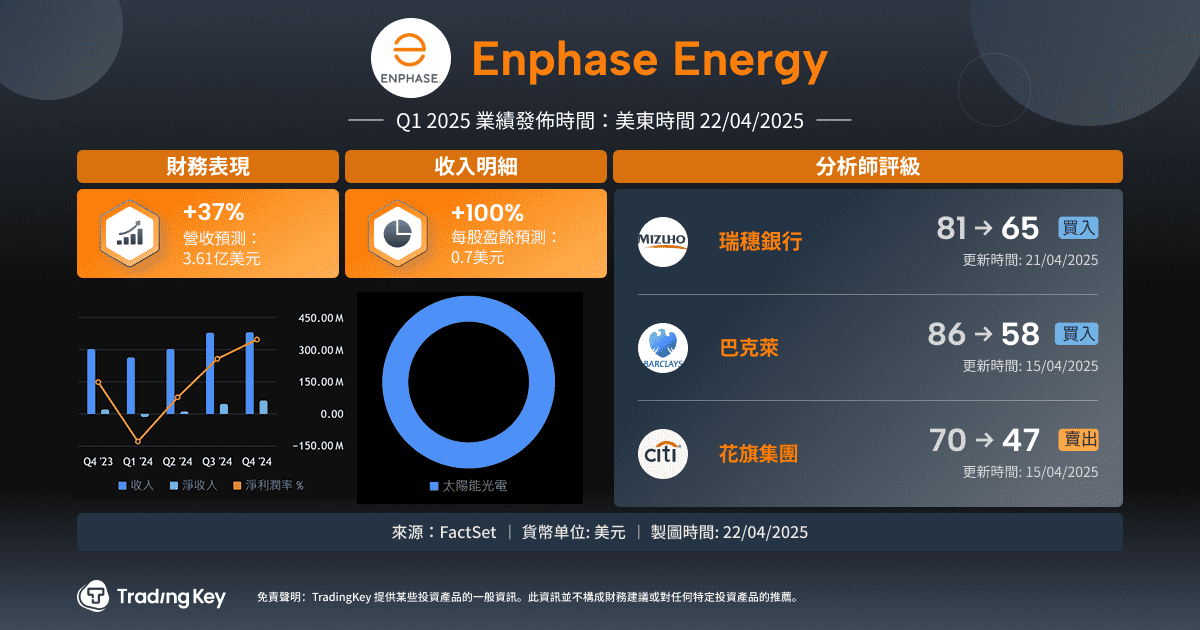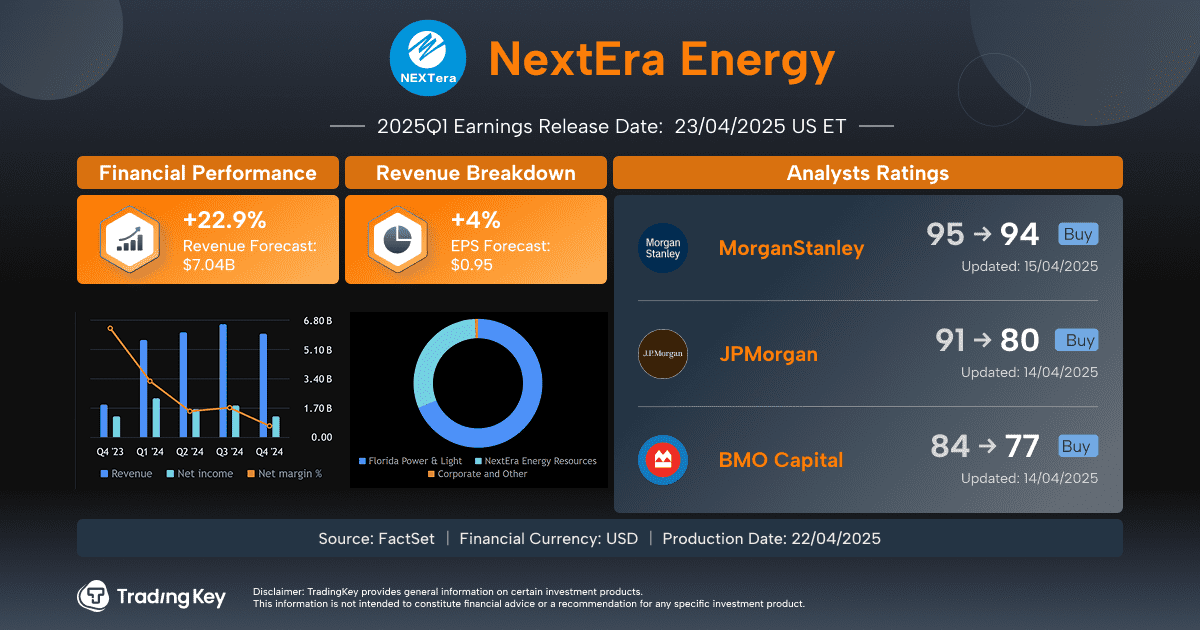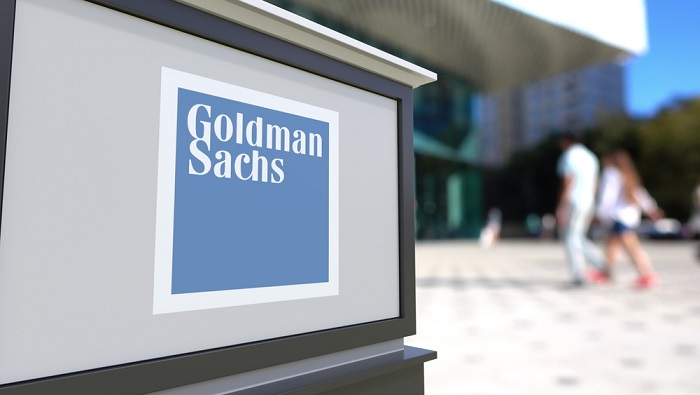Eli Lilly’s Q4 2024 Earnings: Investors Prepared for the Worst

.jpg)
TradingKey - For pharmaceutical firms, the big trend right now is GLP-1 drugs that help to treat both diabetes and obesity. Fortunately for investors, they also happen to have made the companies that sell these drugs billions of dollars in profits.
One of the biggest manufacturers of these GLP-1 drugs is US pharma company Eli Lilly & Co (NYSE: LLY). The firm produces blockbuster weight loss drug Zepbound as well as diabetes drug Mounjaro – both of which have driven growth and investors’ bullishness for the company.
Eli Lilly is set to report its full Q4 2024 earnings on Thursday (6 February) before the market opens but the company had actually released some preliminary numbers in mid-January. They disappointed the markets and saw the stock fall 6.6%.
So, it appears like investors are prepared for bad news from Eli Lilly’s earnings on Thursday but here’s more on what they should know heading into the print.
Growth of GLP-1 drugs disappoint
Eli Lilly was already struggling from a disappointing Q3 2024 earnings report in late October 2024, where the company’s profit and revenue both fell short of the market’s expectations.
This was mainly down to worse-than-expected sales of Zepbound, which only notched up US$1.26 billion in sales versus analysts’ expectations for US$1.76 billion. While Mounjaro managed to more than double its Q3 2024 sales to US$3.11 billion, this also fell short of expectations for US$3.77 billion in revenue
However, Eli Lilly CEO David Ricks did say that the disappointing performance of its two blockbuster drugs was “not a function of supply” as sales were negatively impacted by inventory decreases among wholesalers.
Similar to its main competitor – Danish firm Novo Nordisk A/S (NYSE: NVO) – it appears like Eli Lilly had been hit by supply constraints in Q3 2024. But the company’s preliminary Q4 2024 results, released on 14 January, showed that Mounjaro sales of US$3.5 billion for the quarter were well below the consensus estimate of US$4.4 billion.
As for Zepbound, its Q4 2024 sales reached US$1.9 billion and, while still below the expected US$2.1 billion, wasn’t as bad of a miss as Mounjaro. Meanwhile Eli Lilly’s overall revenue for Q4 2024 was US$13.5 billion and was below the US$13.9 billion (low end of the range) it had guided for back in Q3 2024.
More detailed guidance to come
While Eli Lilly did give revenue guidance for 2025, which it said it expects to be in the range of US$58 billion to US$61 billion for the whole year, more detailed forecasts should be forthcoming during Thursday’s earnings announcement.
No doubt, investors will also want to hear from management on their projections for both Mounjaro and Zepbound sales in the year ahead as well as any trend they are seeing from end consumers or from the supply side.
In the preliminary earnings release back in mid-January, CEO Ricks commented that the company will:
“Also bring additional manufacturing capacity online and expect to produce at least 60% more saleable doses of incretins in the first half of the year compared to the first half of 2024”.
Incretins is the scientific term to describe GLP-1 drugs that help stimulate a decrease in blood glucose levels. Investors will be watching closely for earnings per share (EPS) numbers on Thursday as well as EPS forecasts for 2025.
Recovering from the stock pullback
Eli Lilly’s stock has actually recovered since its mid-January sell-off and from its recent low on 17 January through to Wednesday’s close, shares were up over 16%.
This suggests a lot of the “bad news” has already been priced into the stock and investors will be waiting to hear more details on guidance as well as commentary around Eli Lilly’s two blockbuster GLP-1 drugs.
The company also said in its preliminary earnings release last month that it anticipates new revenue drivers in 2025, including Mounjaro launches in additional worldwide markets.
Given the growth potential and early use of these GLP-1 drugs, this could help bolster the case for Eli Lilly stock in the coming year. Investors will soon be able to find out more about where the company sees the short-term growth.







